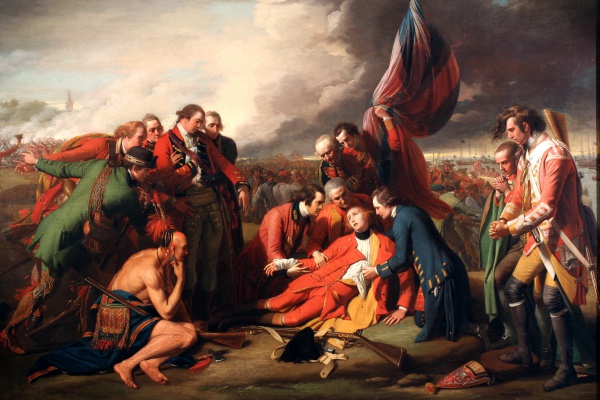Facts About The Death of General Wolfe
"The Death of General Wolfe" a renowned painting from 1770 by Benjamin West, captures the poignant moment during the 1759 Battle of Quebec when General James Wolfe, leading the British Army, sustained a fatal wound. This battle was a pivotal event in the Seven Years' War, and Wolfe's demise elevated him to the status of a national hero in Britain.
What distinguishes West's painting is its departure from the typical style of historical portraits of that era. Rather than dressing the figures in classical attire, West portrayed them in contemporary clothing, despite some of these individuals not being present at the actual event. This audacious decision initially elicited criticism for its historical inaccuracies but eventually garnered acceptance, paving the way for a new direction in art.
The composition of the painting is striking. General Wolfe is depicted in a pose reminiscent of Christ, surrounded by symbolic figures, including an Indigenous warrior and Captain Hervey Smythe. These elements imbue the artwork with layers of meaning, seamlessly blending reality with artistic interpretation.
First exhibited in London, the painting was later gifted to Canada in recognition of its wartime contributions. Today, variations of West's masterpiece reside in collections around the world. Despite its amalgamation of fact and fiction, "The Death of General Wolfe" was a groundbreaking work that left an indelible mark on the art world.
The painting continues to be celebrated for its powerful depiction of a pivotal historical moment and its influence on the evolution of art.

 United States
United States